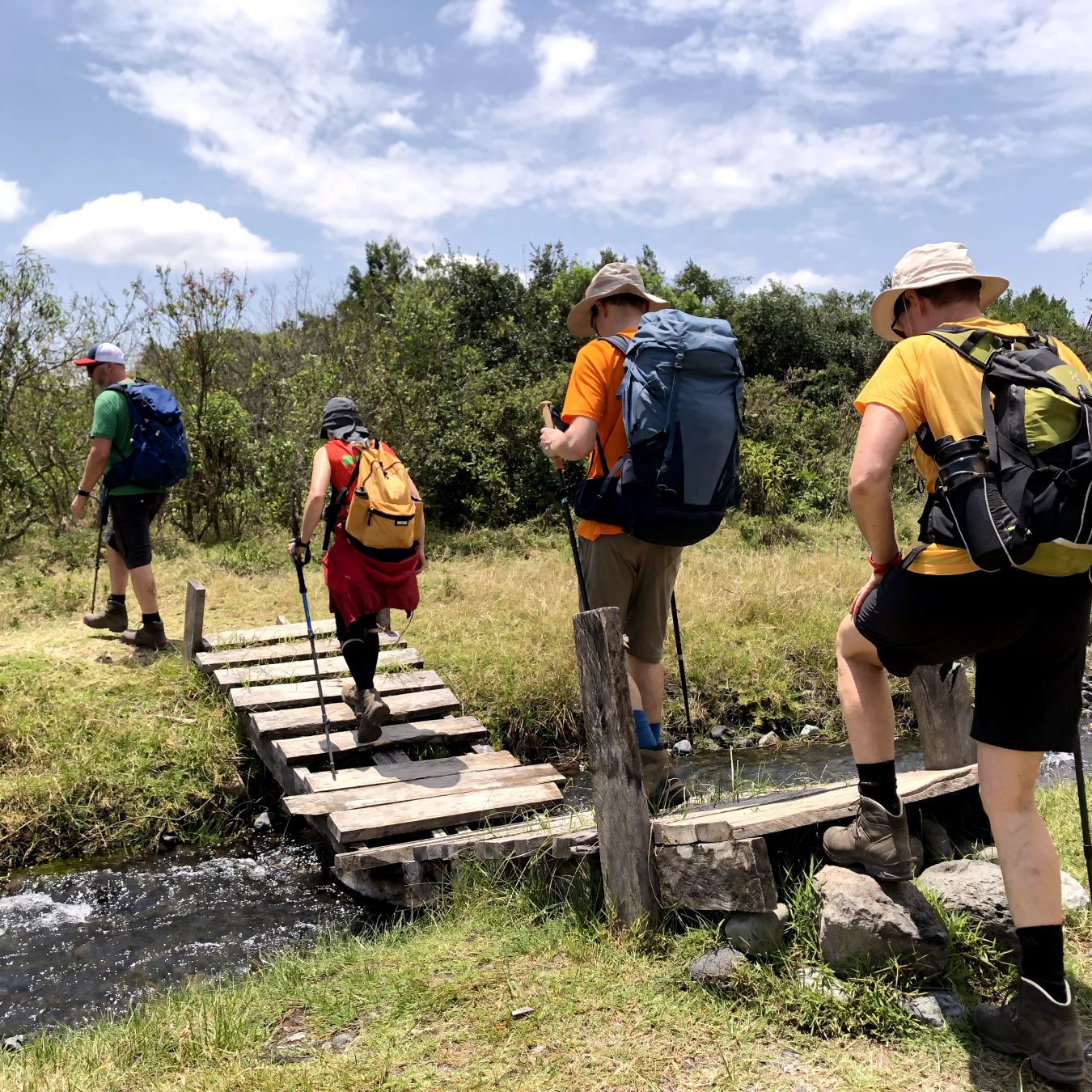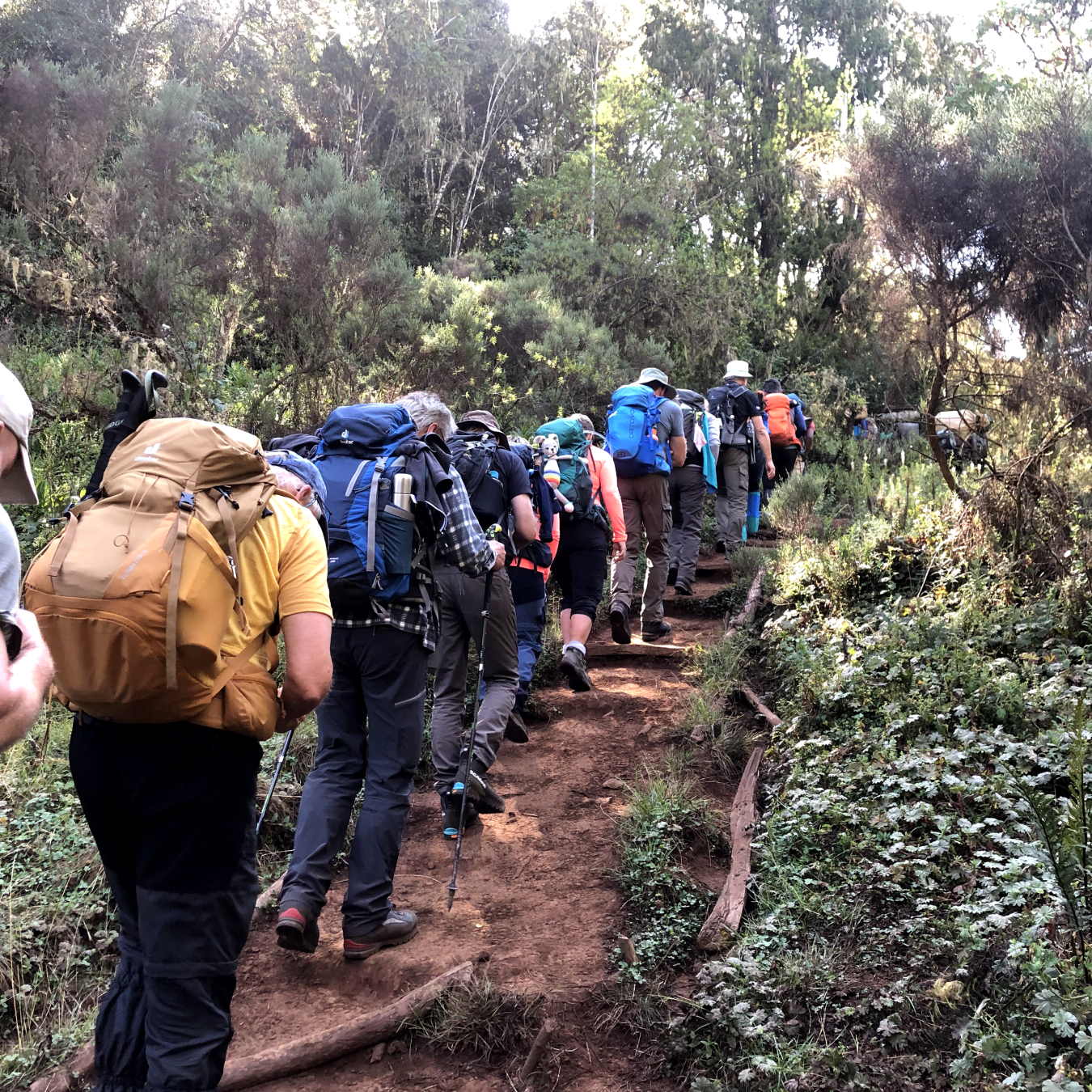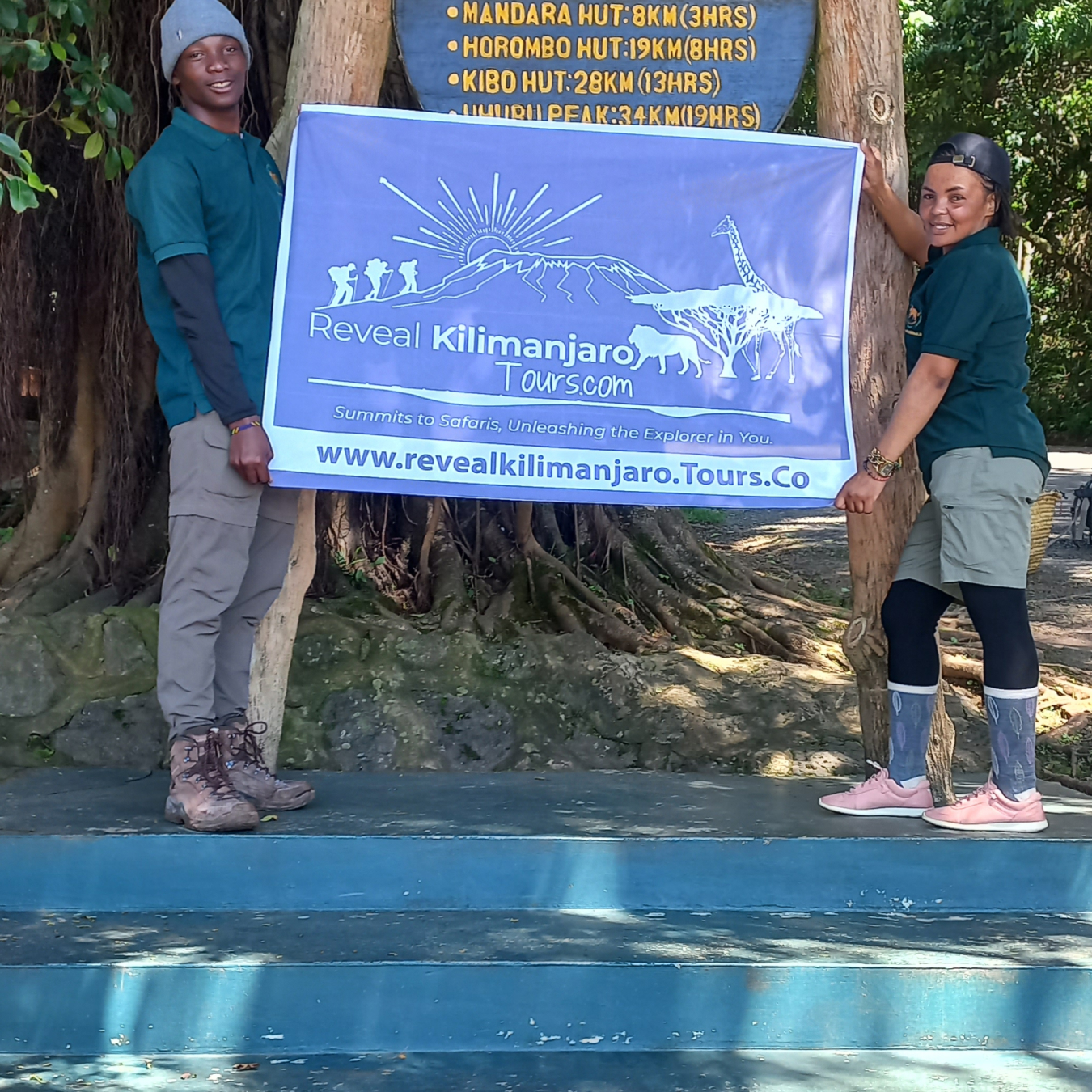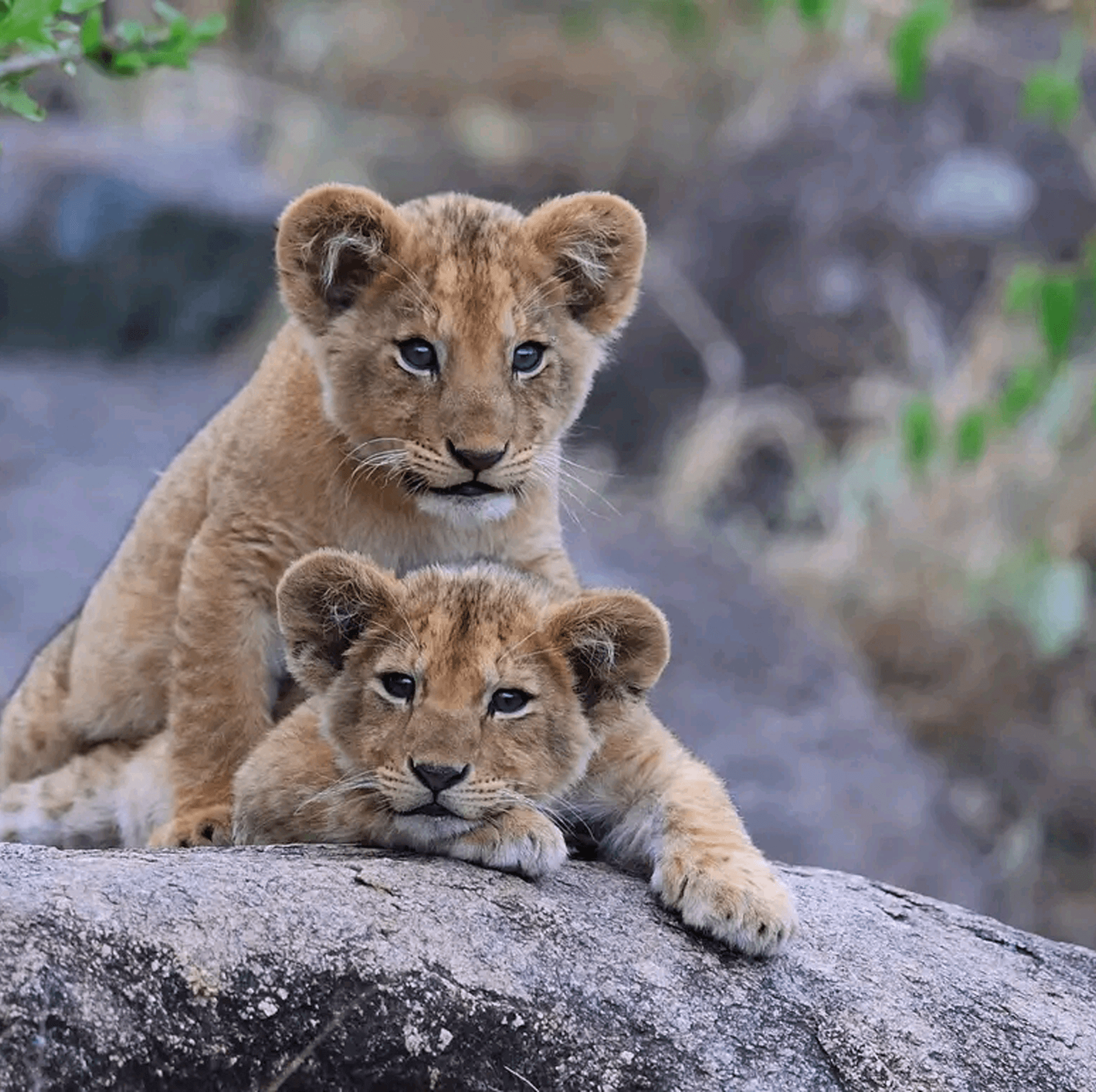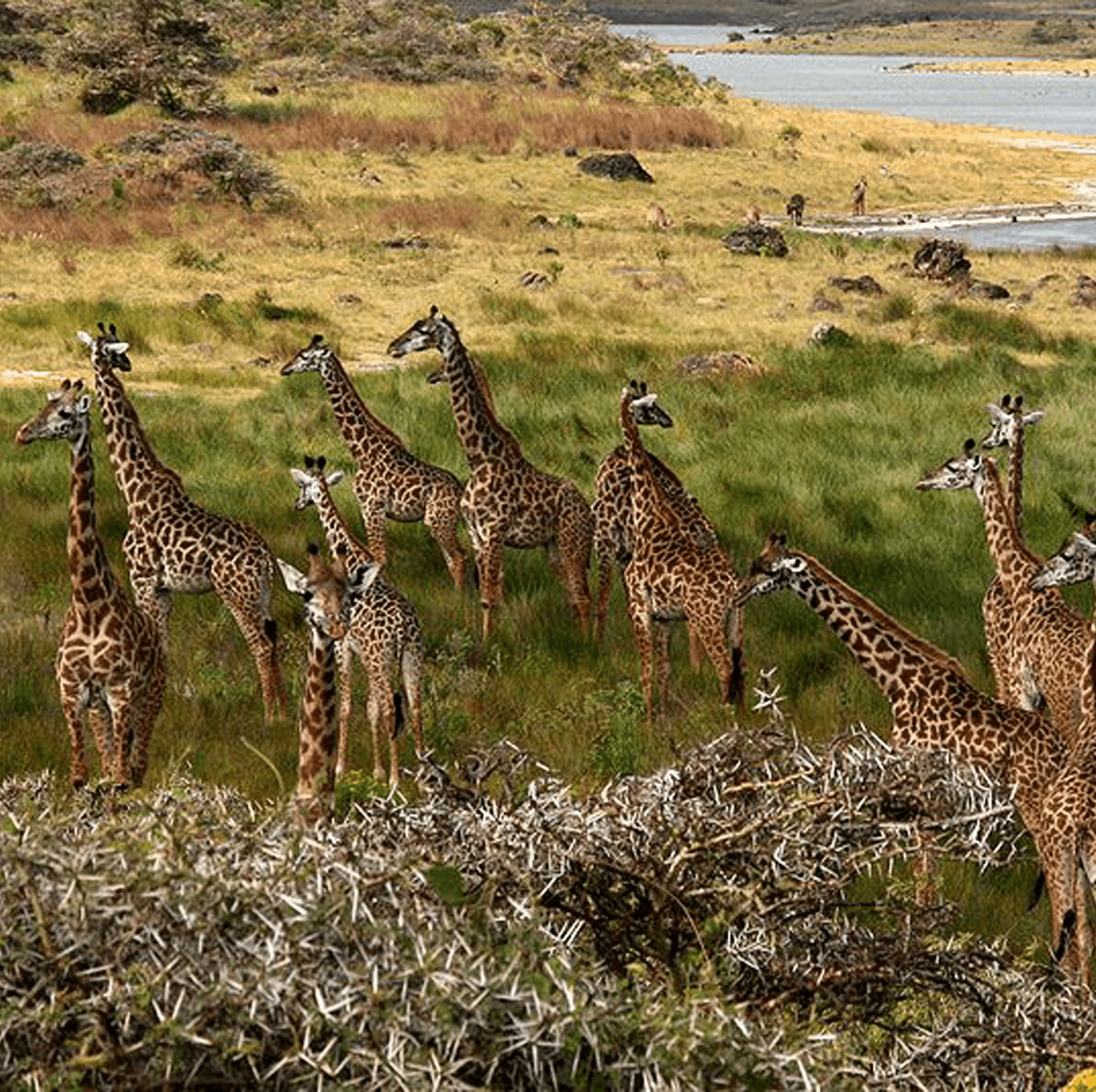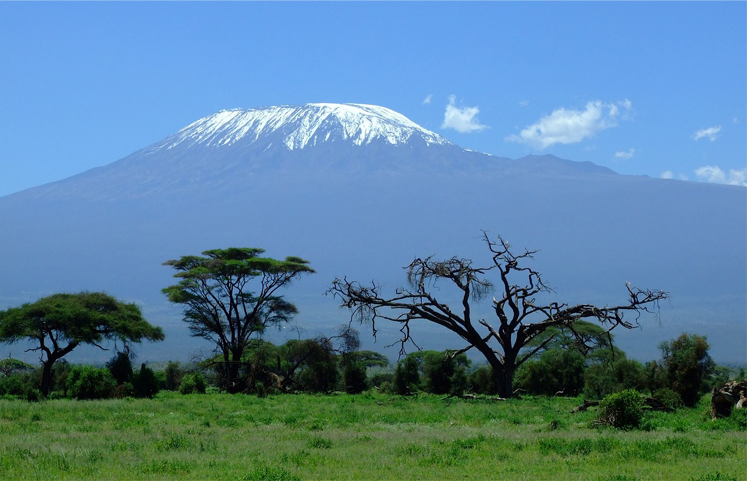Ultimate Adventure Value: Your Perfect Getaway
Description
Discover a new standard of travel with our ethical adventure tours. At Reveal Kilimanjaro Tours, we redefine the journey, prioritising your comfort and local communities' well-being. Our team of experienced travel consultants ensures that every aspect of your adventure is seamlessly organized, freeing you to immerse yourself in unforgettable experiences.
Community-Centric Exploration
When you embark on a journey with us, you're not just a tourist but a participant in sustainable travel. Over 70% of your trip price directly supports local economies, fostering mutual growth and understanding. Our commitment to ethical tourism extends to our carefully selected guides, drivers, cooks, and porters, who are integral members of the communities we visit. Additionally, we provide top-notch gear and equipment for camping safaris, ensuring your comfort and the preservation of the environment.
Hot Picks: Popular Hiking Trails & Routes
TANZANIA SAFARIS
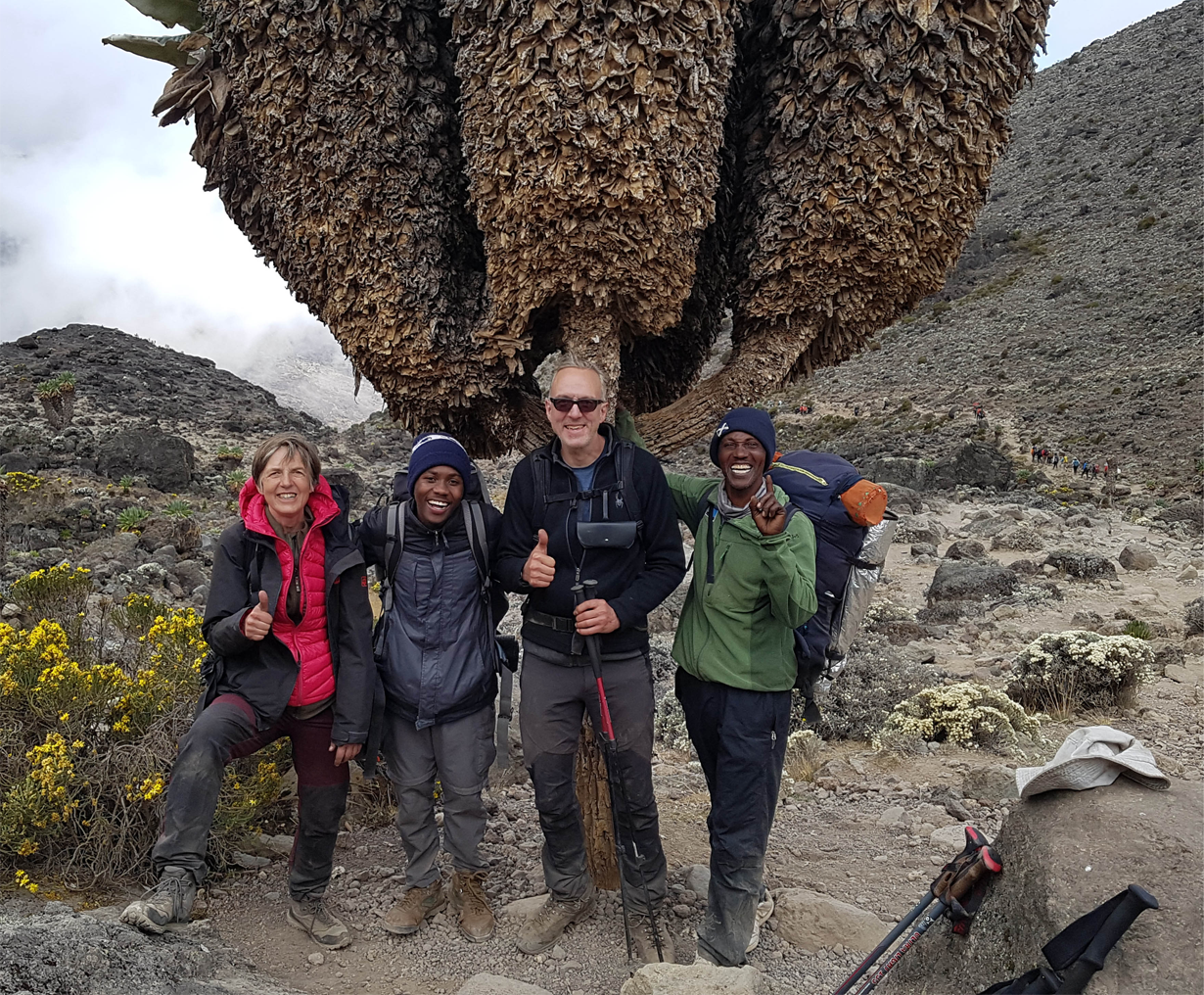
“Join us on a journey where every step is a testament to responsible tourism, and every moment is infused with the spirit of adventure.”
To initiate the planning of your tour with us, you can craft a bespoke itinerary from the ground up or personalise one of our recommended itineraries. Whether your journey spans a short getaway or an extended expedition, our local team will meticulously design a one-of-a-kind itinerary perfectly aligned with your desires. Whether you seek to uncover scenic vistas or pursue the thrill of reaching new heights, rest assured they will bring your dreams to life.
Tanzania: Where Nature's Beauty Meets Cultural Splendour"
Tanzania welcomes visitors with its stunning natural beauty and genuine hospitality. The country offers diverse landscapes, from the vast Serengeti plains to the towering Kilimanjaro. Explore Zanzibar's crystal-clear waters or embark on a safari in the Ngorongoro Crater for an unforgettable adventure. Dive into the vibrant culture at bustling markets, where the scents of spices blend with traditional music. Tanzania invites you to experience the essence of Africa firsthand.
Testimonials
Frequently Asked Questions
-
Where do your passengers come from?
Our passengers come from all over the world and we are kindly welcoming them to experience the mother nature.
-
Which equipment do I need to bring?
Like other mountain operators, we provide sleeping tents, mess tent tables, chairs, cooking gear, and even a dedicated cook. What sets us apart is that we offer private toilets for each group and high-quality sleeping mats. You only need to bring essentials like a sleeping bag, head torch, water containers, ChapStick, suncream, sunglasses, medication, snacks, glasses or contact lenses, toiletries, smartphone, camera, earplugs, spare batteries, wet wipes, pee bottle (with a She-wee for women), and trekking poles.
-
How do I get to Kilimanjaro?
Kilimanjaro has its own airport. There are half a dozen main airlines that serve Kilimanjaro Airport (JRO). They include KLM, Ethiopian Airlines, Kenya Airways, Qatar Airways, and Turkish Airlines. OUR ADVICE: It’s a good idea to aim to be in Tanzania at least 24 hours prior to the start of your trek. This is particularly true if you’re coming from North America or Australia. Giving yourself 24 hours before the trek allows you time to rest, relax, and recover from the flight. What’s more, it also gives you time to prepare properly for your expedition. While we don’t book flights, we can and do help our climbers choose the best flights for their schedule and budget if requested. Often, for example, a flight may appear cheap but may arrive at 4 O’clock in the morning, necessitating another night in a hotel room – which may wipe out any savings made. We’ll help you choose the best flight for you.
-
Is climbing Kilimanjaro Mountain dangerous?
Approximately six climbers and a number of porters lose their lives annually on Kilimanjaro, primarily due to altitude sickness and complications following Acute Mountain Sickness (AMS). It is important to note that most individuals experience symptoms of altitude sickness during their ascent on Kilimanjaro. The minimum age requirement for Kilimanjaro climbers is ten years old. While there are occasional exceptions for those under ten, special permission must be sought several months in advance. There is no maximum age limit, and no other barriers exist for those aspiring to climb the mountain. Essentially, if you have the financial means and the desire, there are no hindrances preventing you from attempting to reach the summit.
-
How fit do I need to be?
In fact, reaching the summit of Africa’s tallest peak doesn’t necessarily require exceptional fitness. The primary obstacle preventing individuals from reaching the top is altitude sickness, which occurs when the body struggles to acclimate to the reduced oxygen levels at higher elevations. Whether or not you experience altitude sickness on Kilimanjaro is largely unrelated to your fitness level. Nevertheless, the ultimate ascent to the summit is unquestionably a challenge of endurance. The journey involves a 6-8 hour climb to the peak from the base camp, amid extremely cold conditions, followed by a lengthy descent to the final camp on the mountain. OUR ADVICE: While reaching the summit of Kilimanjaro doesn’t require top-tier fitness, engaging in an aerobic exercise routine before your trek can significantly enhance your overall experience. Activities like swimming, jogging, and cycling contribute to increased confidence in your fitness level. Interestingly, a lack of confidence often plays a more crucial role in individuals failing to summit Africa’s highest peak than their actual fitness levels. For optimal preparation, consider undertaking a hike in your home country, preferably a multi-day trek with overnight camping. This not only serves as excellent practice for Kilimanjaro but also adds an enjoyable dimension to your training. Addressing altitude sickness presents different considerations. Physical exercise alone may not be a preventive measure, but acclimatizing to similar elevations beforehand, such as by visiting a high-altitude location, can be beneficial. Additionally, embarking on a 3-4 day trek up Mount Meru, Kilimanjaro’s smaller counterpart serves as an ideal warm-up for the main ascent. Another option involves taking Diamox, a reputed drug known for its effectiveness in preventing altitude sickness.
-
When is the Best Time to climb Kilimanjaro?
The mountain is open year-round, with two main trekking seasons: January to March and June to October, corresponding to the dry periods. Despite occasional downpours, January-March is recommended for a quieter experience and more scenic beauty due to snow. March and October are favored for climbing, offering good, dry weather and fewer crowds. The January-March season coincides with the wildebeest migration, providing additional attractions for those planning a safari afterward. Climbing during rainy seasons (April-May, November-December) isn’t all bad, as it doesn’t rain continuously, and the mountain is peaceful.
-
How long does it take?
For a safe ascent of Kilimanjaro, it’s recommended to book a trek lasting at least eight days, or nine if staying overnight in the Crater at the summit. Taking only five days provides insufficient time for acclimatization, increasing the risk of altitude sickness and decreasing the chances of reaching the summit, with elevated safety concerns. While some opt for longer treks of nine or ten days, most treks span 6 to 8 days. At Reveal Kilimanjaro Tours, we do not offer public treks of five days due to safety considerations.
-
What should I wear on Kilimanjaro?
Climbing Kilimanjaro is akin to experiencing all four seasons within a single week, necessitating appropriate wear. On the lower slopes during the daytime, opt for ‘summer wear’ like T-shirts, shorts, and a sunhat. As you ascend, transition to full winter gear, including thermal underwear or a ‘base layer,’ light and thick fleeces, a summit jacket (often down-filled), multiple pairs of socks, a woolly hat, and two pairs of gloves (thin and thick). Ensure your trekking boots are rugged, waterproof, and comfortably broken in to avoid blisters on Africa’s highest mountain. Having a knowledgeable guide is crucial as they can identify symptoms of altitude sickness and assess their severity. Determining whether to continue the trek or rest for successful acclimatization can be challenging. Therefore, a skilled guide becomes invaluable in making such decisions. It’s advisable to familiarize yourself with altitude sickness—how to prevent it, recognize its symptoms, and know the appropriate actions if it occurs. While being informed is essential, it’s equally important not to fixate on the fear of altitude sickness.
-
Is climbing Kilimanjaro Mountain actually worth doing?
When I inquire about our climbers’ thoughts on their trek, the responses are generally consistent. They often express that it’s among the best experiences they’ve ever had, forming new friendships with both fellow trekkers and the mountain crew. The overall experience is usually described as incredibly enjoyable, at least until the challenging final ascent to the summit. Many climbers highlight an unparalleled sense of achievement and a profound feeling of being alive, with some asserting that the journey has transformed them permanently. While these sentiments are heartening, a crucial follow-up question arises: Would they embark on a similar adventure again? The response, not surprisingly, is a resounding ‘no.’ This implies that, despite the immense love for the experience, climbing Kilimanjaro is a one-time endeavor, a unique achievement that may not be repeated – a sentiment echoed by many.
Lets Plan Your Next Adventure, Get In Touch Today!
Location:
Leganga, USA-River,
Arusha, Tanzania.
Email:
info@revealkilimanjarotour.co
Call:
+255 753 425 190



